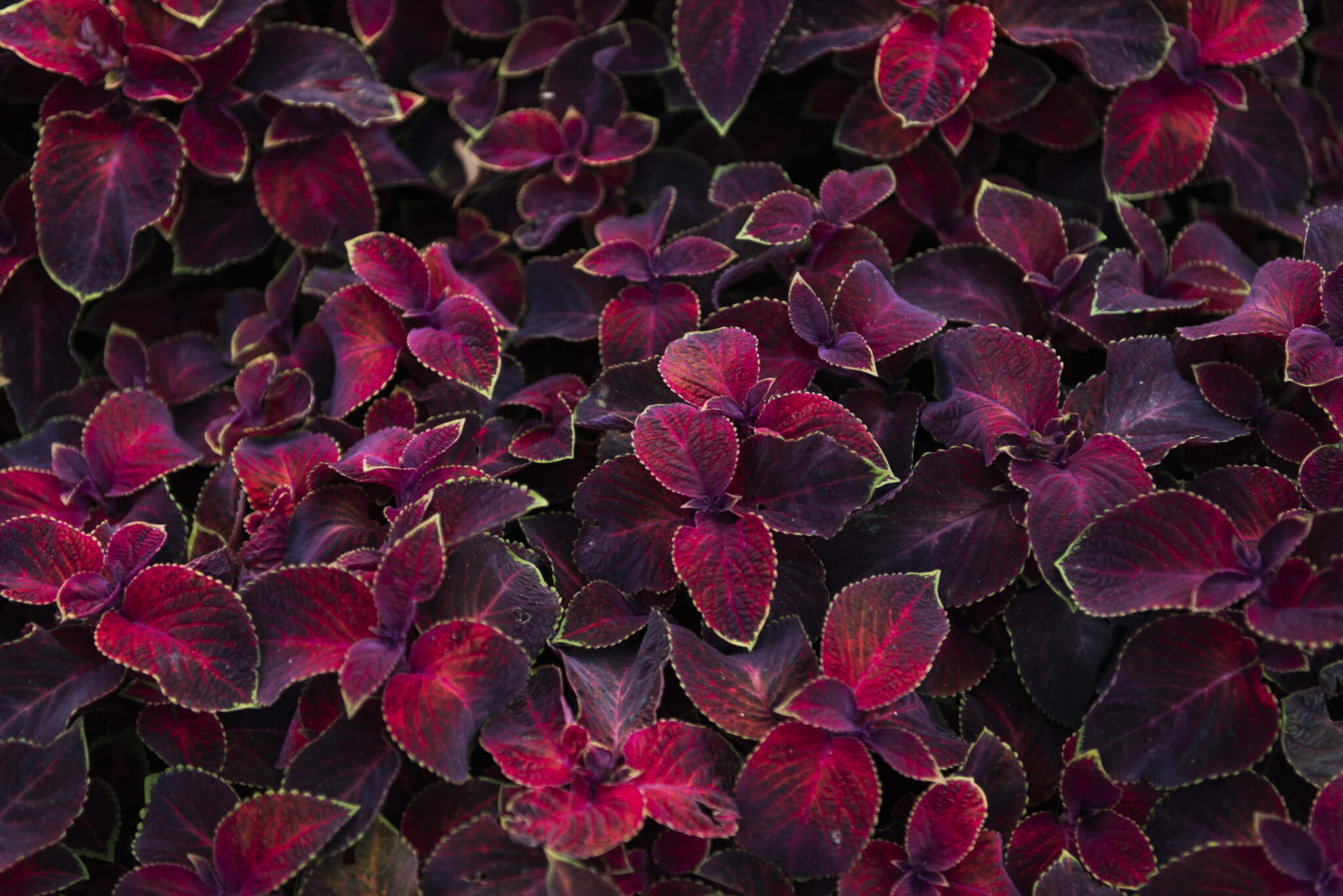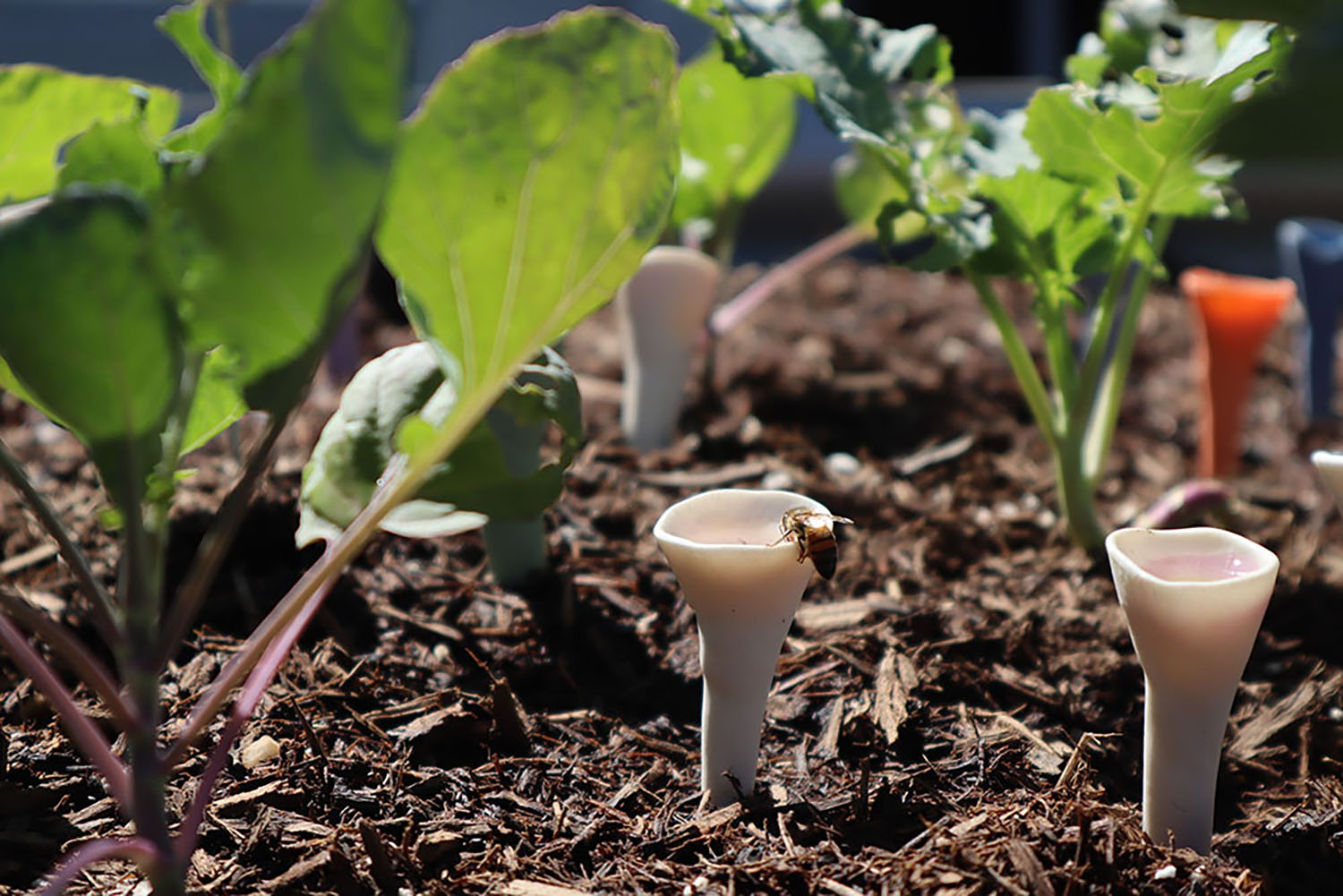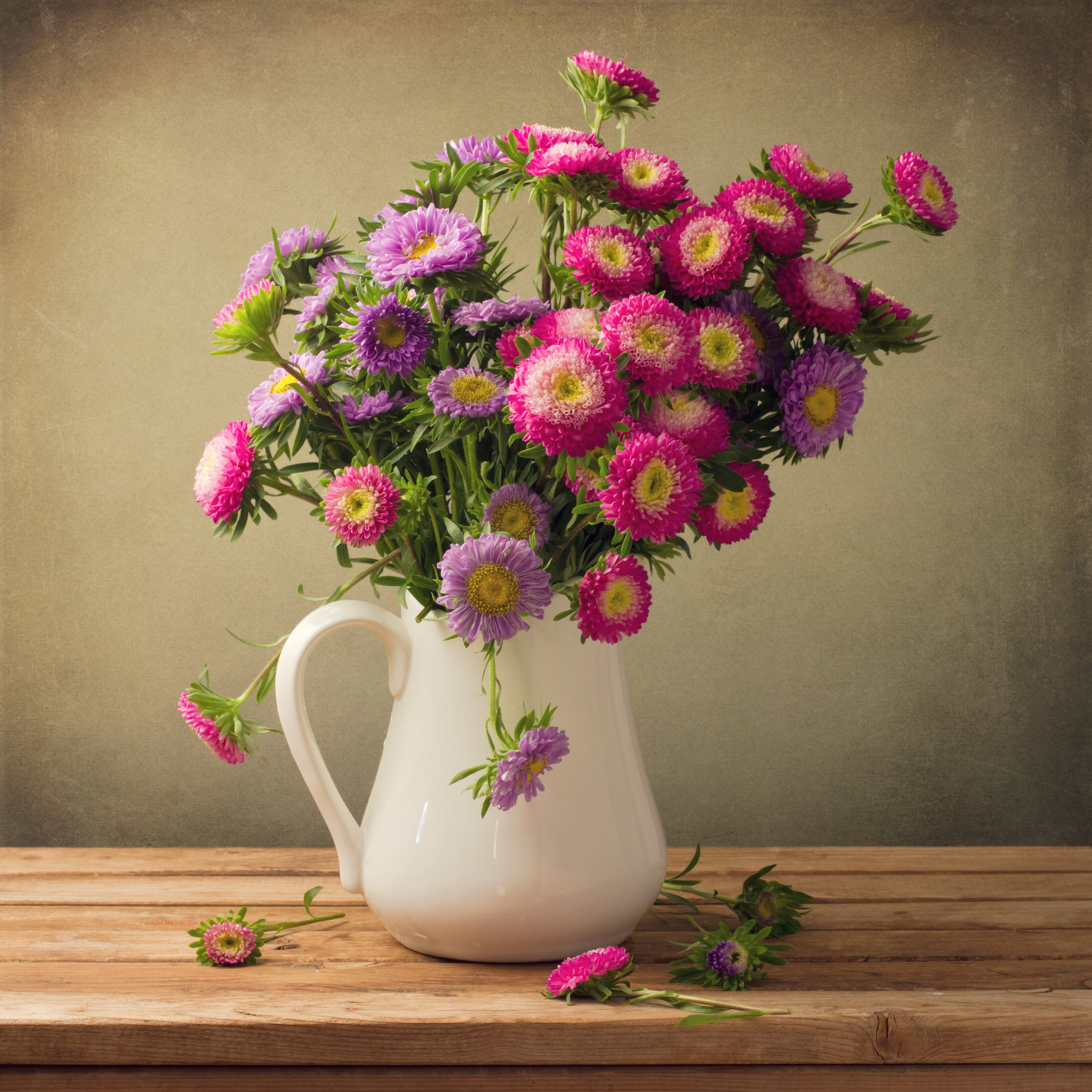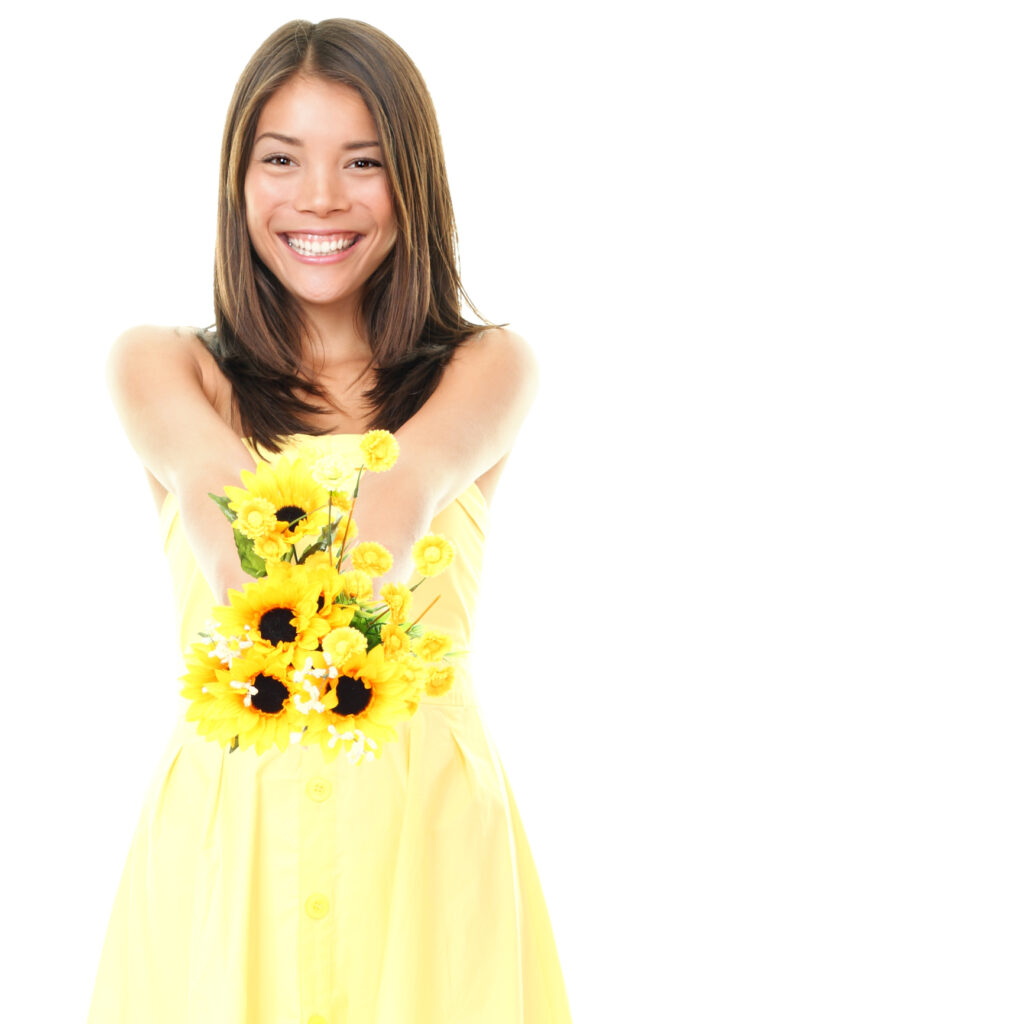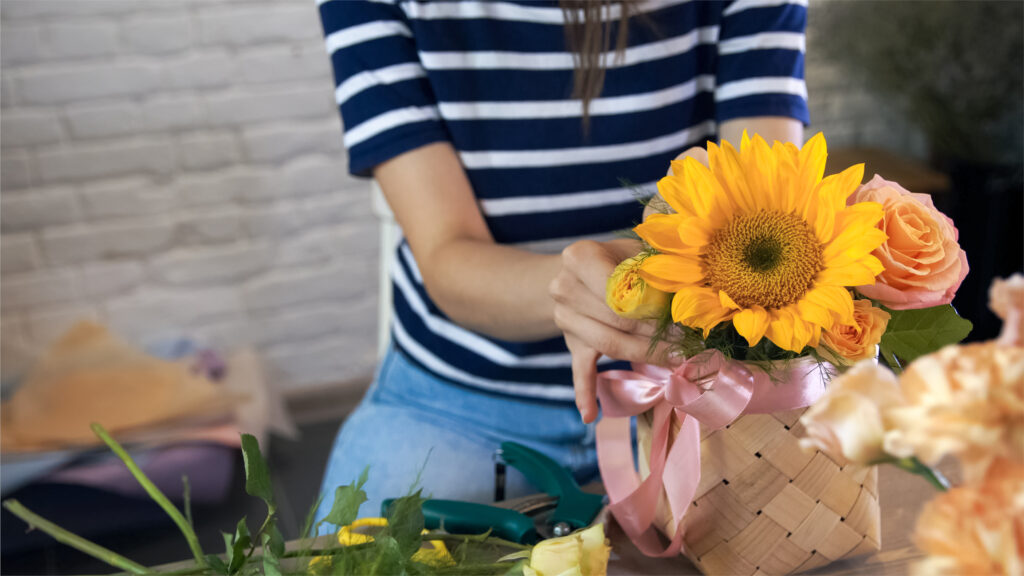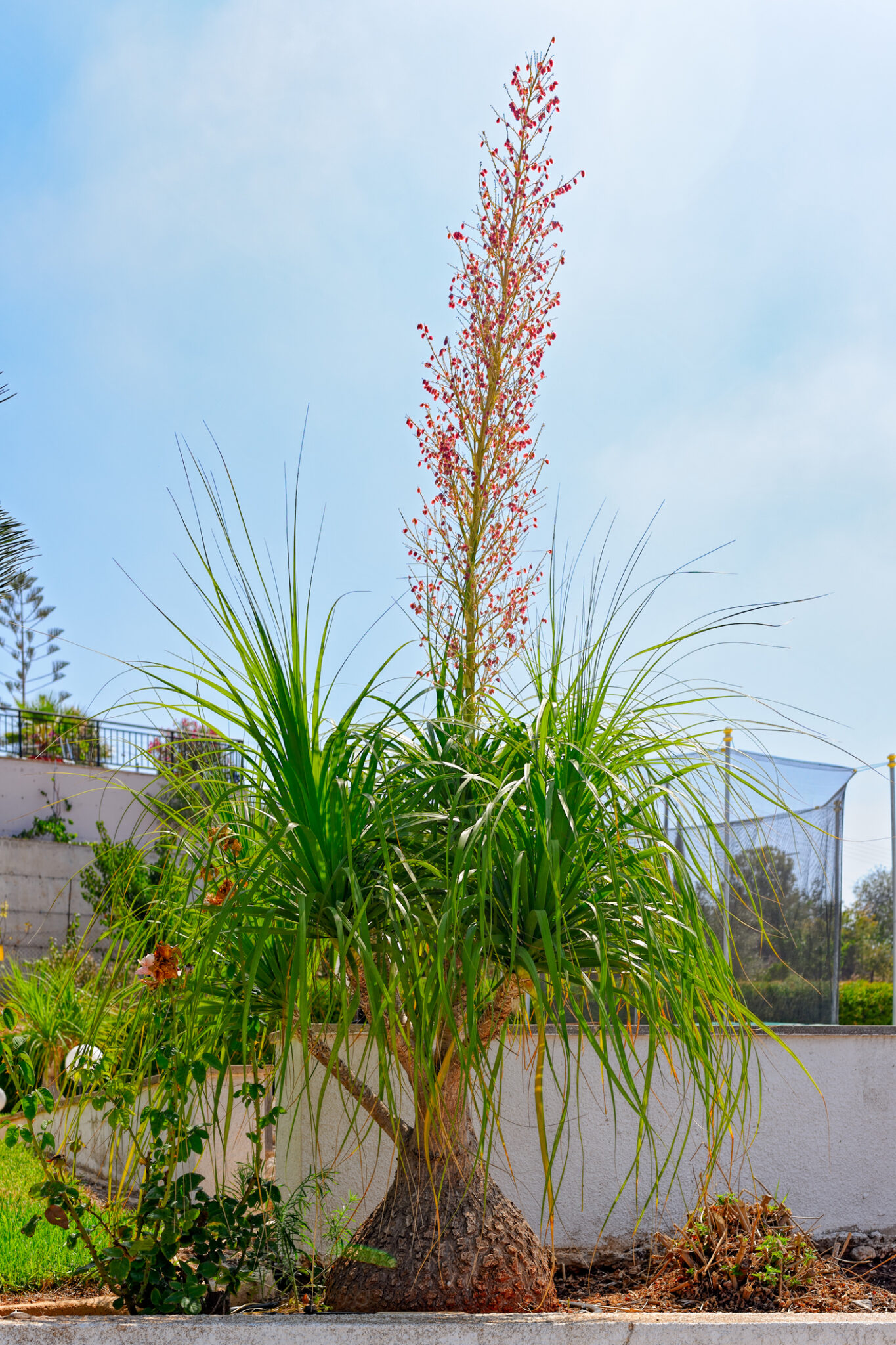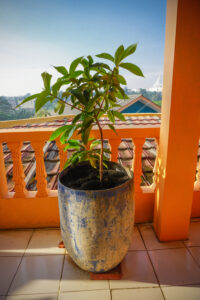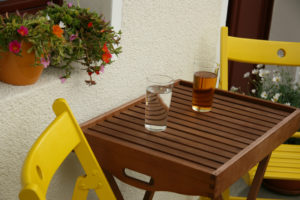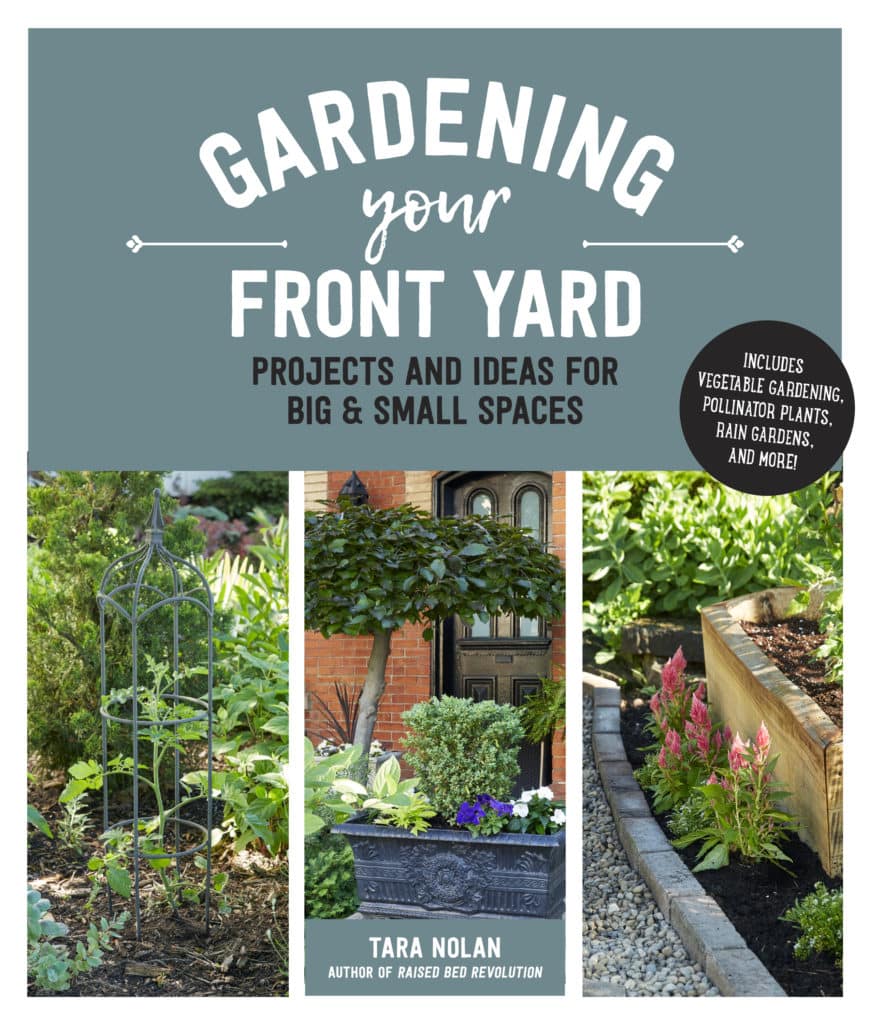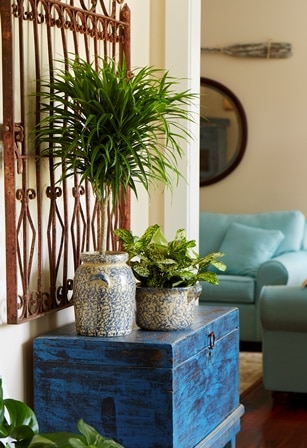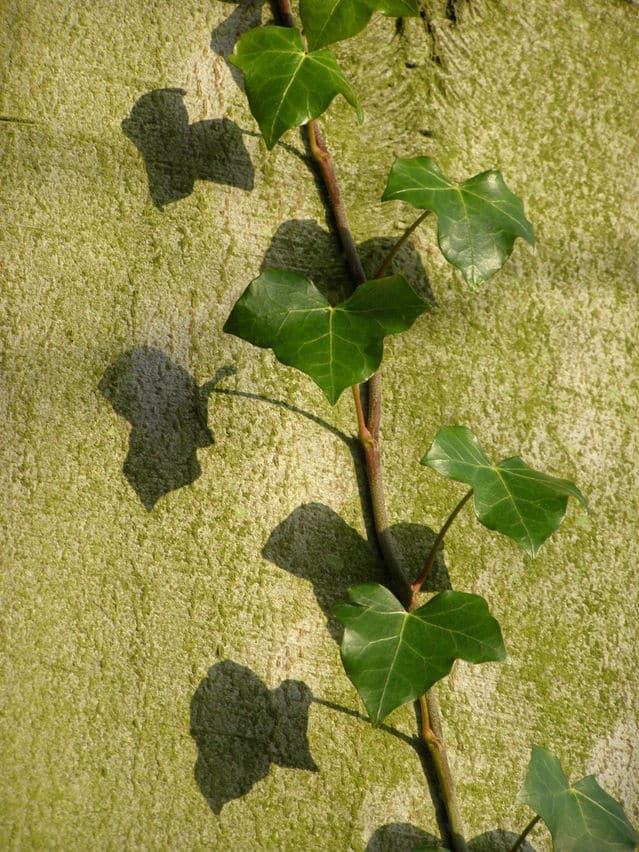Every spring I have an outdoor birthday party for my twin boys. Because the backyard is at its glory when the rose garden is in full bloom, I spend hours in early January pruning back the roses at exactly the right time.
No matter how hard I try, though, they’ve never been in full bloom for the party. This year, one half of them flowered, but it wasn’t until the next week they all became bedazzling.
As I stood looking at the riot of flowers a week after their birthday, I realized something. Raising plants is a lot like raising children. You plant them, nurture them and wait. And though you might not see the results right away, they usually bloom–just not on your timetable.
Some children are like annuals. Give them a little attention, food and water, and they’ll light up the entire house. Others aren’t so quick to flourish.
Like slow-growing perennials, some kids need more time to become established, finally springing to life one day and surprising and delighting their parents. Of course, there are also children who are like thorny blackberry and raspberry vines, for one reason or another protecting themselves from closeness with anyone.
My 8-year-old daughter, Sabrina, is like my roses. Not too long ago, she decided to bloom at just the right time when she assisted me with a master gardener presentation. As I spoke, she enchanted the attendees, effortlessly planted a pretty fragrant container garden and flashing everyone a charming smile.
While I had a conversation with someone after the talk, to his amazement and mine, she created a necklace out of flowers from a nearby planter.
On another occasion during a family photo, Sabrina was not so captivating. As stubborn as my tight rosebuds, she refused to smile, no matter how much sunshine shone her way.
Some plants, like some children, are tenacious, taking tight hold of your garden and never giving up. Many gardeners have grown morning glories, an aggressive annual that hangs in there, no matter how many times you yank it out. Every morning, there the morning glories are, open wide and cheerful. You might be irritated that they’re overtaking your yard, but you can’t help but smile at their pretty, perky faces.
*
My son, Danny, is like the morning glories. When he takes hold of an idea, he won’t let go, and there’s no point in discouraging him. This winter, after we cut back our plum tree, Danny took a plum branch and put it in a bottle of water and said he was growing a tree. I explained that it probably wouldn’t grow, but he was undeterred.
“It will grow,” he told me.
For several weeks Danny persisted; never once doubting that his tree branch would grow. He changed the water daily and waited, while the rest of the family shook our heads in disbelief.
Then one morning, to everyone but Danny’s amazement, the plum branch leafed out. While we all apologized for our doubt, like the morning glories, Danny didn’t complain. Instead he gave a colorful smile and replied: “It’s OK.”
Danny’s twin brother, Jeremy, is a lot like the sunflowers popping up all over the yard from the wild bird feed we put out. With their giant, bright, cheery flowers and tall stalks, they make their presence known with gusto. People can’t help but be drawn to them and find them engaging.
Jeremy smiles for the sake of smiling and draws you in with open, honest questions and responses. Like the sunflower, it’s hard to ignore him, and you always know where he’s been.
He leaves little bits of himself everywhere–like the scraps of paper he creates with his name on them and his trading cards.
Jeremy is also playful. Since they were toddlers, for reasons unknown to us, he has called his twin Nago instead of Danny. One day some time ago, Danny finally shouted in exasperation: “My name’s Danny, not Nago.” Jeremy’s reply was quick and given with a bright smile: “OK, Nago.”
At the same time, like the sunflower, which dries and offers its seeds to wild birds, Jeremy also opens his heart to people in need. Recently, when he saw a man in tattered clothing pushing a shopping cart down the street and I explained that he didn’t have a home, Jeremy wanted to find him one.
Perhaps one of the biggest lessons I’ve learned from raising plants and children has been the realization that if you stop and really listen to them both, you learn much more than you would have ever imagined. Plants and children have a language of their own. They let you know when they’re hungry or thirsty or tired.
And when they’re happy and well-fed, they’ll proudly display everything they’ve got for all the world to see. And even if they don’t say it until years later, onlookers know that your nurturing, care and attention has had a little, if not a lot, to do with their delightful behavior.



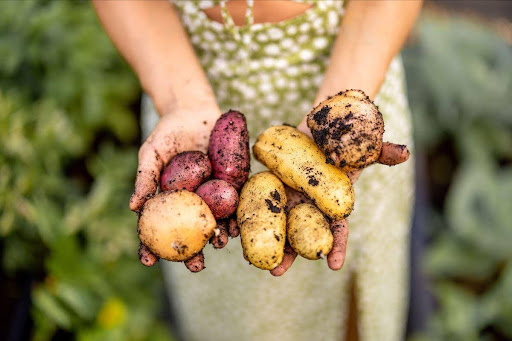




 It’s a good idea to prune a tree or large shrub if you are:
It’s a good idea to prune a tree or large shrub if you are: Removing dead, diseased, crossing, or rubbing branches
Removing dead, diseased, crossing, or rubbing branches Guidelines for Pruning:
Guidelines for Pruning: Cut a tree or large shrub back by no more than one-third at any given pruning session. Prune to shape young trees but never cut back a tree’s main stem or stems (its trunk) where all growth originates. Avoid pruning off lower side branches on trees for a few years, as this leads to the growth of a broad, strong trunk.
Cut a tree or large shrub back by no more than one-third at any given pruning session. Prune to shape young trees but never cut back a tree’s main stem or stems (its trunk) where all growth originates. Avoid pruning off lower side branches on trees for a few years, as this leads to the growth of a broad, strong trunk. Make cuts just above a leaf node or bud, which encourages new growth at that point. Check the direction the leaf node is pointing, because this is the way the new branch will grow.
Make cuts just above a leaf node or bud, which encourages new growth at that point. Check the direction the leaf node is pointing, because this is the way the new branch will grow. To properly prune a large limb and avoid tearing the bark:
To properly prune a large limb and avoid tearing the bark: First Cut: Cut the branch a foot or so from the trunk halfway through from below.
First Cut: Cut the branch a foot or so from the trunk halfway through from below. Second Cut: Make another cut from above to meet up with the cut from below, which will sever the heavy limb and make the remaining nub easier to manage.
Second Cut: Make another cut from above to meet up with the cut from below, which will sever the heavy limb and make the remaining nub easier to manage. Third Cut: Make a straight and clean cut just outside the branch collar, which is the swollen part at the base of the trunk. Do not cut into the collar, as this invites pests and diseases.
Third Cut: Make a straight and clean cut just outside the branch collar, which is the swollen part at the base of the trunk. Do not cut into the collar, as this invites pests and diseases.


 When is the best time to winter prune trees in Southern California?
When is the best time to winter prune trees in Southern California? Which trees should be pruned in winter?
Which trees should be pruned in winter? How much can I prune a tree or shrub at once?
How much can I prune a tree or shrub at once? Why should I prune in winter?
Why should I prune in winter? How do I properly prune large branches?
How do I properly prune large branches? When should I prune flowering trees?
When should I prune flowering trees? Can I prune fruit trees the same way as landscape trees?
Can I prune fruit trees the same way as landscape trees? Where can I learn more about pruning fruit trees in Southern California?
Where can I learn more about pruning fruit trees in Southern California?




